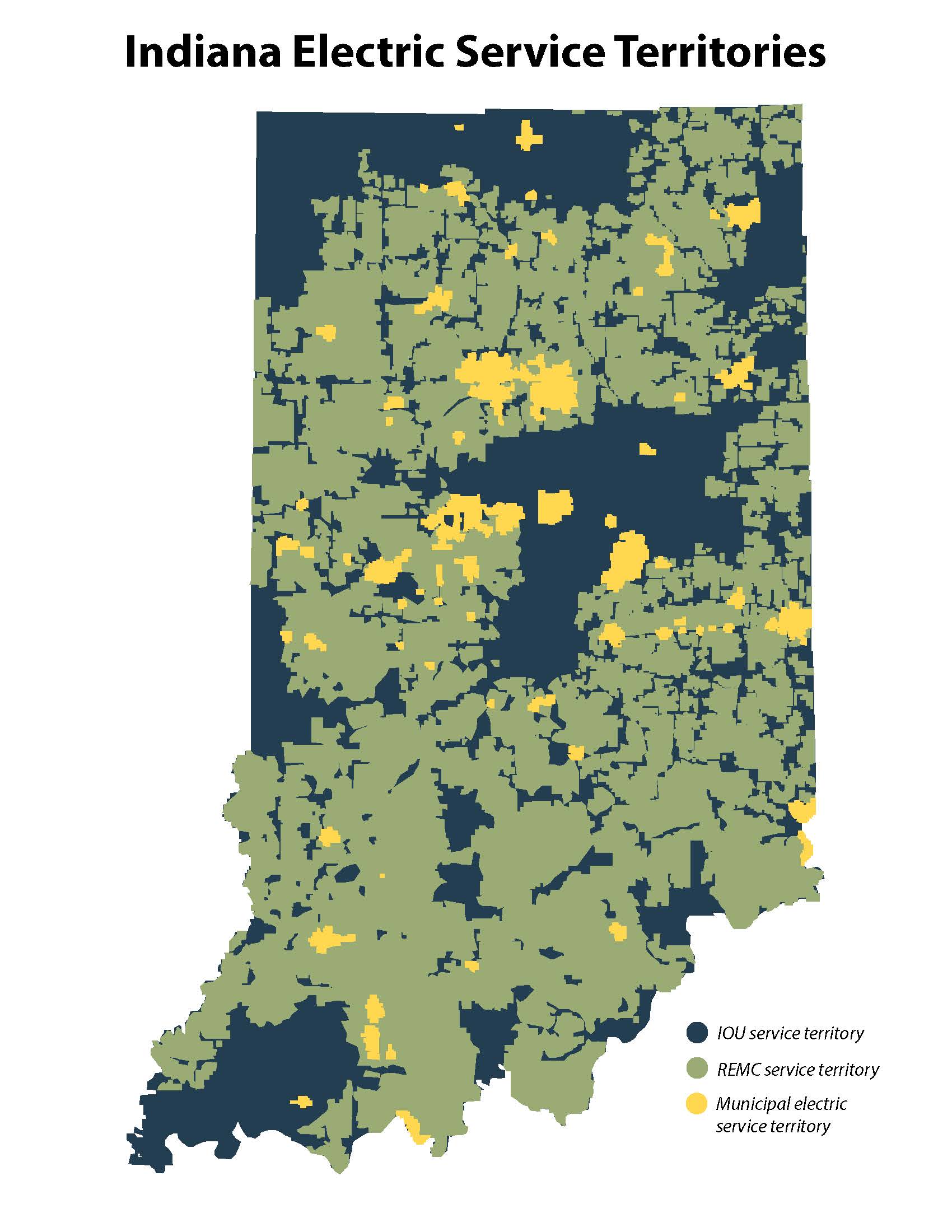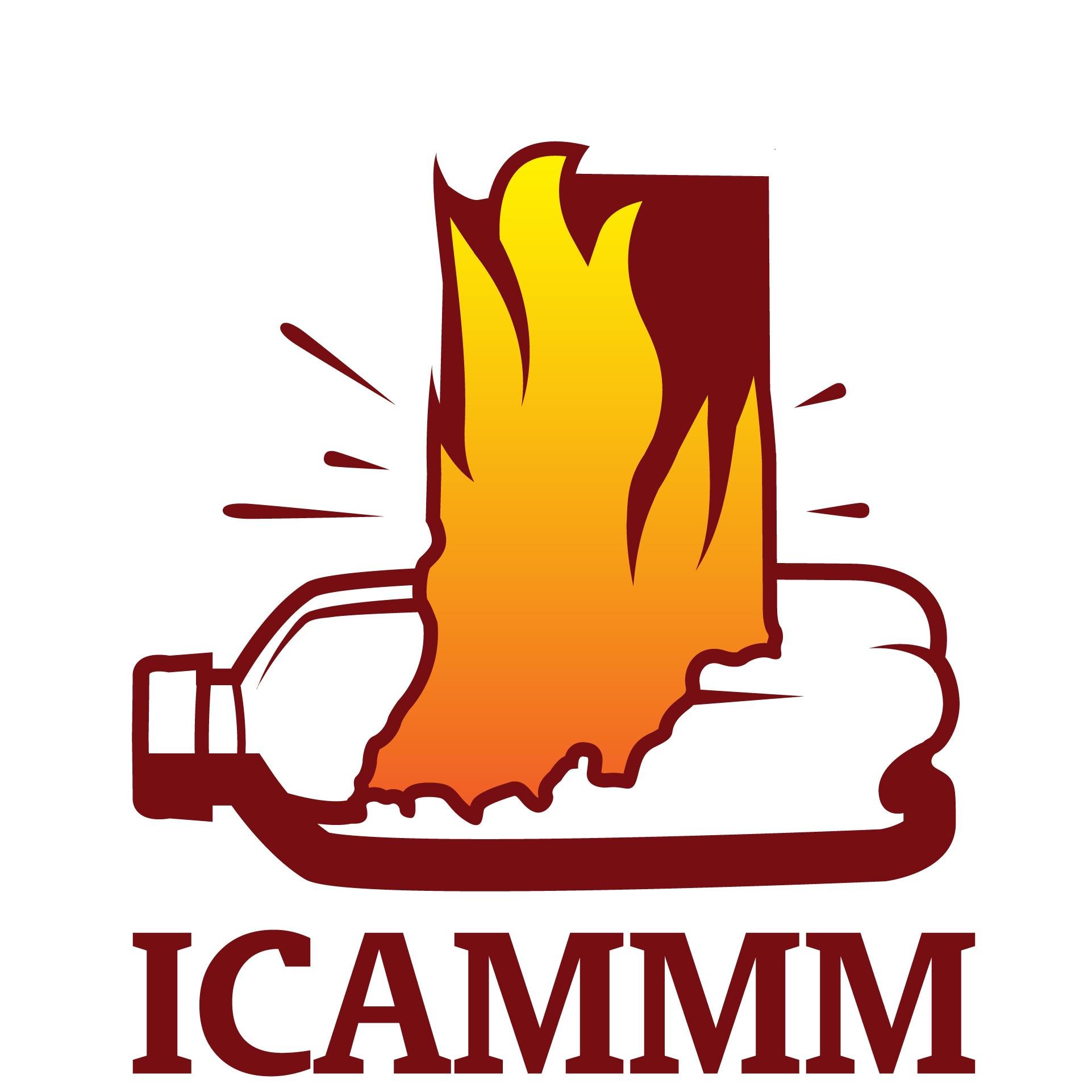2015 IACT Statehouse Report
The Year for Annexation Reform
For those who work often with the municipal annexation statute, 2015 will go down in the history books as the year of great reform for annexation in Indiana. Even though only a very small number of annexations are ever remonstrated against (6-7%), the handful of remonstrators who were upset about annexation proceedings in their communities were able to gain the traction they needed at the legislature for SEA 330 to pass. IACT continued throughout the session to reinforce the message that unless Indiana’s cities and towns can experience growth and expansion, the state’s economic performance will slowly decline. Luckily, we were able to negotiate on some of the provisions in the bill to make the effects less drastic, but overall, it is safe to say that moving forward, the annexation process for Indiana cities and towns will be much more time consuming and cumbersome. Read more about the provisions in SEA 330 in this report.
Each year, IACT goes into the legislative session with a list of initiatives that were developed with the help of the IACT Policy Committees. This year, one of the goals was to simplify the reporting requirements for Tax Increment Financing (TIF). This was accomplished in SEA 567. In addition, IACT sought legislation which would require counties to notify cities and towns when there is a major taxpayer that appeals its assessment. This was accomplished in HEA 1603 along with a provision that allows local governments to set funds aside to pay for an assessment challenge. After years of work, there was a victory on the IACT initiative to drop the requirement for a property tax relief Local Option Income Tax (LOIT) to be adopted first before the Public Safety LOIT can be adopted. This measure was passed in HEA 1475. Unfortunately for our road funding initiative, we did not see an increase in funding for this biennial budget. Local road funding remained static. Finally, while we attempted again to get blanket authority for a municipality to pass a food and beverage, this measure did not pass. However, HEA 1044 calls for an interim study committee to study municipal food and beverage taxes, so we are hopeful that the debate will continue.
Also noteworthy this session was the passage of SEA 436, which addresses the calculation of assessed value for commercial properties. Following court cases brought by retail stores, Meijer and Kohl’s, local governments stood to lose millions in assessed value due to these stores using vacant box stores as comparable values.
IACT stayed neutral on two major debates at the legislature this year – the Religious Freedom Restoration Act and repeal of the common construction wage. You can read more about SEA 101 (the RFRA bill), its trailer bill, SEA 50, and the common construction wage bill, HEA 1019 in this Statehouse Report.
The 2015 statehouse report contains a listing of the enrolled acts that we feel are most important to municipalities. The provisions in the act will become law on their stated effective dates. Many provisions are effective July 1, 2015, but some may be retroactive or have effective dates that are in the future. To view the legislation containing the effective dates, type in the bill number on the General Assembly’s webpage, www.iga.in.gov and click on the latest version button, or you can click on the hyperlinks in this document for each bill. If you have questions about legislation and you need IACT’s help, you can reach a member of the IACT legislative team at (317) 237-6200.
Read the full report.
All information below is dated information from the 2015 Legislative Session
2015 IACT Legislative Initiatives
View the 2015 IACT Legislative Initiatives.
Dark Store Assessments
Last December there was a ruling by the Indiana Board of Tax Review commonly referred to as the "Meijer Case" or "Dark Store Assessment Case." This ruling has caused concern about how this assessment methodology could affect box stores and special use property assessments statewide. In fact,a study conducted by Policy Analytics, estimates that if this methodology is applied to other similar properties, Indiana could see assessed values cut by $3.5 B resulting in property tax revenue losses of more than $100 M in one year alone.
The Senate passed language to address this issue in SB 436, which is now in House Ways & Means for consideration.
As noted, this debate was sparked in December 2014 when the State Board of Tax Review (IBTR) ruled that an Indianapolis Meijer store, one of the most successful in the state, should have been assessed at a value of $30 per square foot versus $83 per square foot. This decision cost Marion County $2.4 M in refund for the nine-year period challenged spanning 2002-2012. (Read news reports from a Michigan article and by the IBJ.)
Meijer used a controversial method known as the “Dark Store Theory” to challenge its assessed value, using a closed Lowe’s and vacant Walmart’s in other counties as comps to determine its value. Unfortunately, when the IBTR is deciding a case, it can only select the taxpayers’ appraisal or the assessor’s appraisal, no in between. Further, it cannot take into consideration the assessment method used for determining valuation that is prescribed to our county assessors.
Now, legislators and local units are grappling with the question of how to define the assessment process clearly for special purpose properties, so that this “dark store theory” is not applied to the 17,000 other parcels in the state and thus drastically cutting property tax revenues for local units.
IEDC Regional Cities Initiative
The IEDC has released the Benchmarking U.S. Regional Cities: A Study and Guide for Transformation report as a tool for Indiana cities and towns to assess how they compete with growing regional cities across the country. The report offers assessment tools and quality of life indicators for comparison to other cities.Click here to view the full report.
The Regional Cities Initiative has taken a setback. Funding for Regional Cities in the House version of the biennial budget was reduced from $84 million to $10 million per year.
See this letter from IEDC’s Eric Doden.
Annexation
Reasons for Annexation
There are many reasons why municipalities annex unincorporated areas into their city or town. Annexations allow for smart growth and proper planning. Without the ability to grow, economic development could stagnate and many areas in need of services could go unserved.
April 24, 2015 Update
TELL YOUR LEGISLATORS ASAP – Join Major Indiana Companies in Supporting Economic Development and Job Growth through Reasonable Annexation Laws!
Please Urge Your Legislators to Keep Economic Development Protection Provision & Remonstrance Waivers In Tact!
SB 330 – Annexation (Boots, R-Crawfordsville; Negele, R-Attica)
As you may recall, the House-passed version of SB 330 included an Economic Development Protection Provision, so that a few landowners are not able to stop an economic development project without due process. This provision and remonstrance waivers for sewer service are at risk! The conference committee met on Wednesday, and Sen. Boots proposed an amendment that included several troublesome provisions, including the removal of the Economic Development Protection Provision and the elimination of remonstrance waivers, including existing waivers which would be void beginning July 1.
We need your assistance in these final days reaching out to your legislators in the House and Senate. We are not alone! More than 25 prominent companies around the state stand with cities and towns and have signed a Statement of Support for the Economic Development Protection Provision! If you know of any other companies who would be interested in signing on – please email Anne Trobaugh ASAP.
Here are some resources to help your outreach:
Contact Information for State Legislators
Statement of Support for Economic Development Protection Provision
Background Info on Economic Development Language & Remonstrance Waivers
We encourage all of you to contact the conferees and advisors to SB 330, who will be deciding the final form of the bill and encourage them to preserve economic development and the use of remonstrance waivers for responsible growth in Indiana. A special thanks to Rep. Negele, Sen. Broden, Sen. Alting and Rep. Truitt for their efforts!
Annexation Half-Time Report - February 2015.
Annexation Information and Comparison to other States.
See this great letter from Elkhart Mayor Dick Moore regarding SB330 and consider writing one of your own!
Electric Service Territories

There are 72 cities and towns across Indiana that own and operate their own electric utility and serve a total of 7% of Hoosiers. The remaining 93% of Hoosiers are served by the Rural Electric Cooperatives and investor-owned utilities. When a city or town that owns an electric utility annexes property, current state law allows the city or town to extend their services (e.g. police/fire protection, trash pickup, electricity) to the newly annexed property. Rural Electric Membership Cooperatives and Investor Owned Utilities have filed legislation attempting to hamstring the ability of a municipal electric utility to expand their service territory as a result of a municipal annexation.
Myths versus Facts.
Indiana’s Electric Service Territories.
Summary of the Issue.
IMPA brochure.
Meth

IACT is a member of the Indiana Coalition Against Meth Making Meds (ICAMMM). The goal of the Coalition is to return pseudoephedrine to a prescription only medication to reduce the number of domestic meth labs in the state of Indiana.
Learn more about ICAMMM and Indiana’s Meth Problems.
Follow ICAMM On Twitter @ICAMMM_
https://twitter.com/ICAMMM_
Read this great article from Howey Politics Indiana.
Road Funding
While the General Assembly has gratefully recognized the enormous need for additional local road and street funding in recent years, the extraordinary need persists. IACT is working with the Build Indiana Council to advocate for ensuring quality infrastructure in Indiana’s cities and towns.
More about Indiana’s Local Road Funding Needs.
Indiana's $1 Billion Road Funding Gap.
On Our Way to Better Local Roads.
A Short Story About the Road Ahead.
Road Funding Solutions.
TIF
Quality of life in a community has become increasingly more important in today’s economic development environment. However, Tax Increment Financing (TIF) remains as one of the few tax incentive tools local governments possess. For such a widely used incentive, many misconceptions regarding TIF exist.
Economic Development Primer and Misconceptions of TIF.
Video - City of Lafayette TIF Success Stories.
Mid-Session Report
Click here to view the mid-session report.